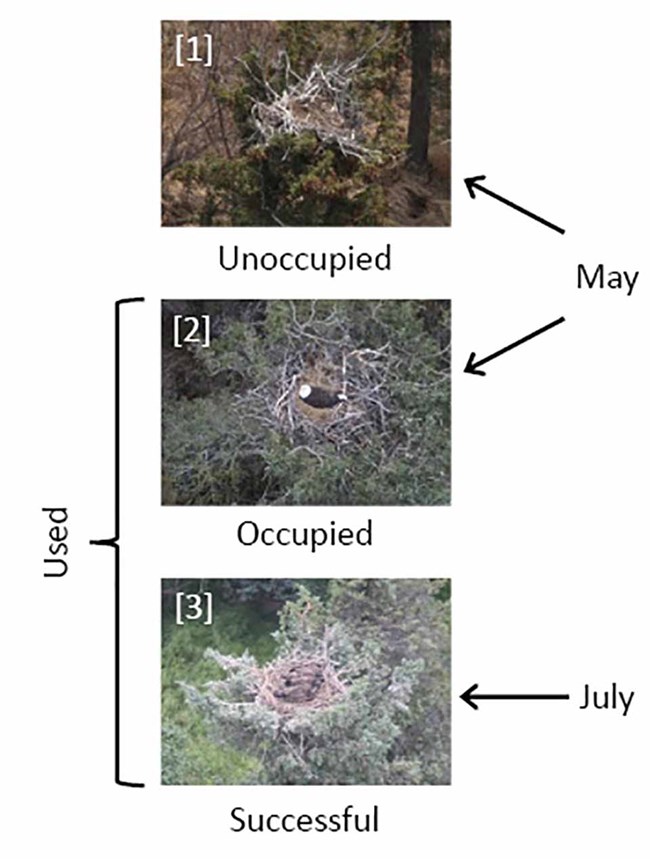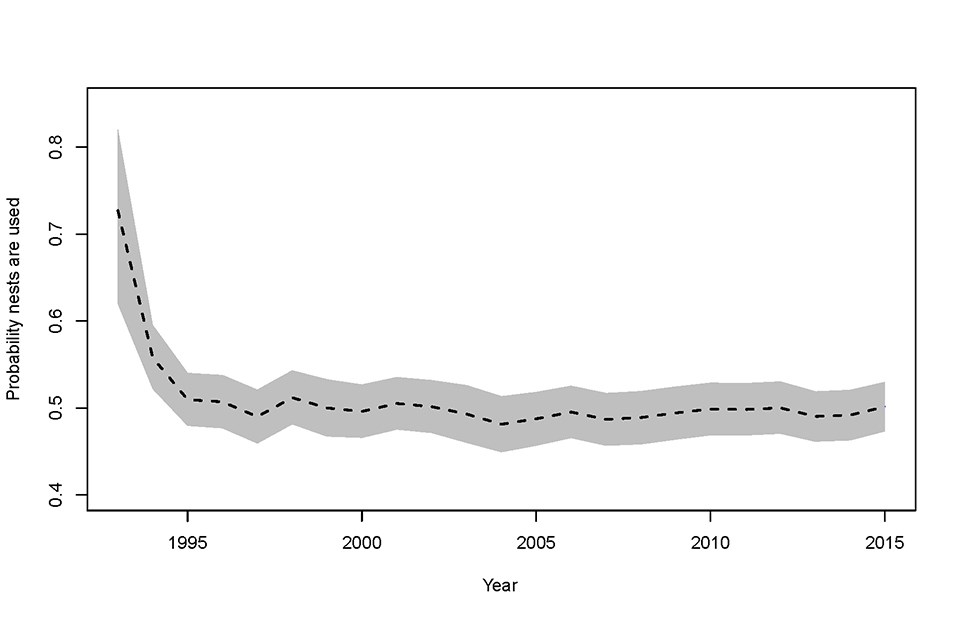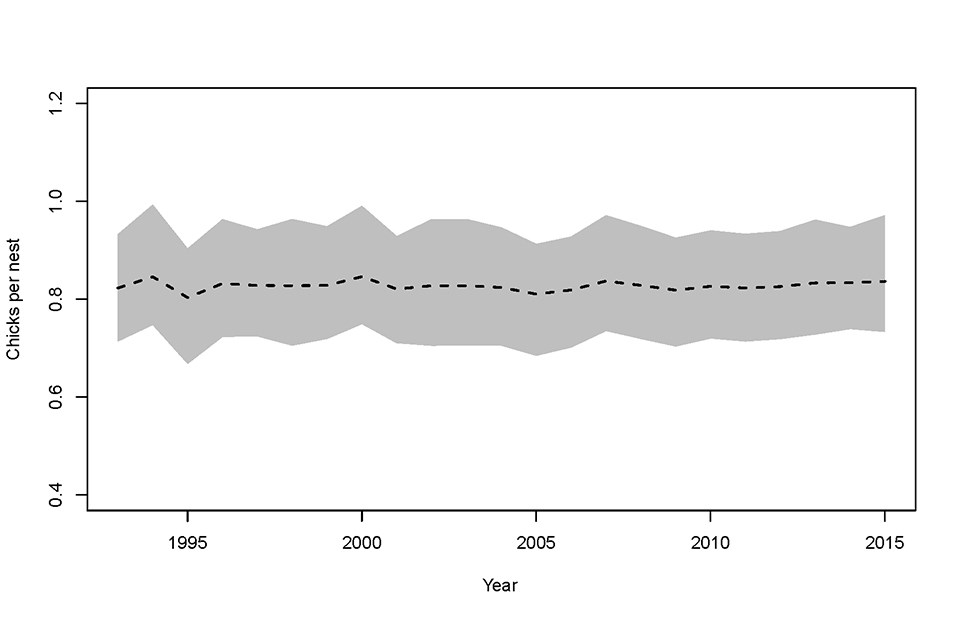Last updated: April 2, 2018
Article
Bald Eagle Nest Dynamics
Bald eagles, though abundant in Southwest Alaska, can still be subjected to various stressors, such as environmental contaminants and human disturbance. Stressors can potentially cause changes in behavior, spatial use patterns, and population status in Bald Eagles. Population trends and changes in species persistence can often be difficult to evaluate since many factors, such as contaminants, disturbance, and density dependence, interact to create trends that are stable, cyclical, or random. Thus, long-term monitoring is an important component of management plans for parks in the Southwest Alaska Inventory & Monitoring Network. Katmai National Park & Preserve, Kenai Fjords National Park, and Lake Clark National Park & Preserve all aim to have effective long-term monitoring programs that can help them to better understand these complex population trends that may occur within the parks.

Understanding Bald Eagle Populations in Lake Clark National Park & Preserve
To better understand the dynamics of nesting Bald Eagles, scientists at the Southwest Alaska Inventory and Monitoring Network and Lake Clark National Park & Preserve examined a 23-year dataset of information collected on Bald Eagle nests in the park. They hoped to shed light on whether variations in the population were due to environmental conditions or food availability, and whether there is a trend in the population status through time. Occupancy of nests and reproductive metrics were analyzed, as well as environmental factors (April minimum temperature and total precipitation in May) and food availability (salmon escapement). Surveys for Bald Eagles are performed twice annually from a small, fixed-wing aircraft. Figure 1 shows the states into which nests are classified. During a May survey, nests are identified as either unoccupied or occupied, based on whether there are eggs or an incubating adult present in the nest. During a July survey, occupied nest are evaluated for success, by identifying one or more live eaglets in the nest.Weather data were obtained from the National Oceanic and Atmospheric Administration National Climatic Data Center (now National Centers for Environmental Information). Salmon escapement data were obtained through counts from the Kvichak River.
After analyzing the data, scientists found stability in the Bald Eagle population in Lake Clark National Park & Preserve. Figures 2 and 3 illustrate the stable dynamics of Bald Eagles in the system.


